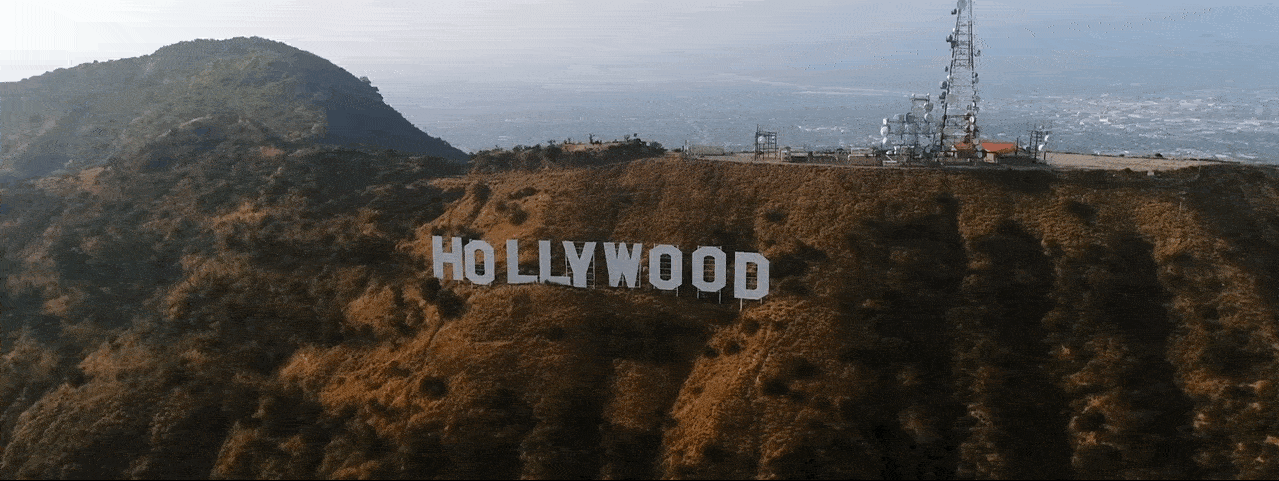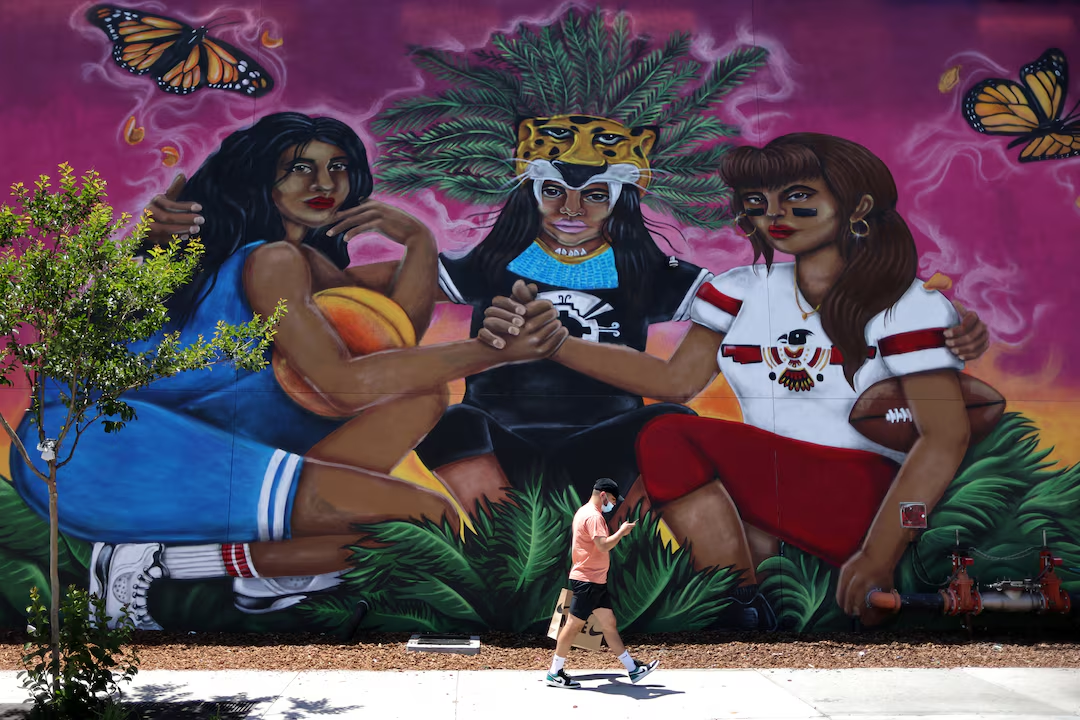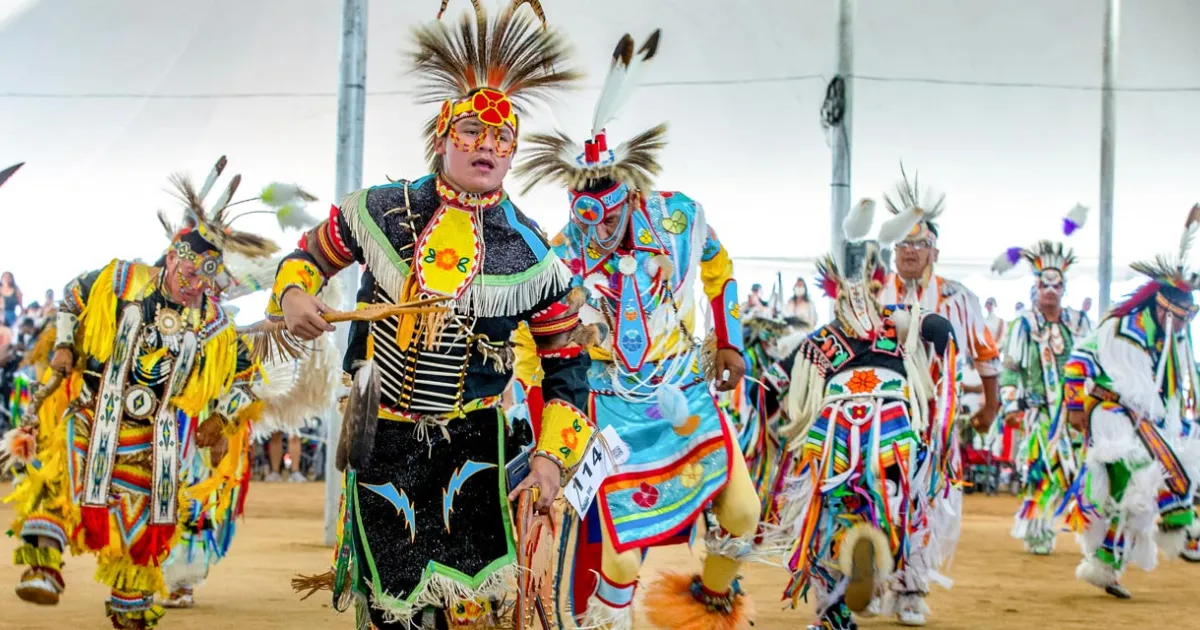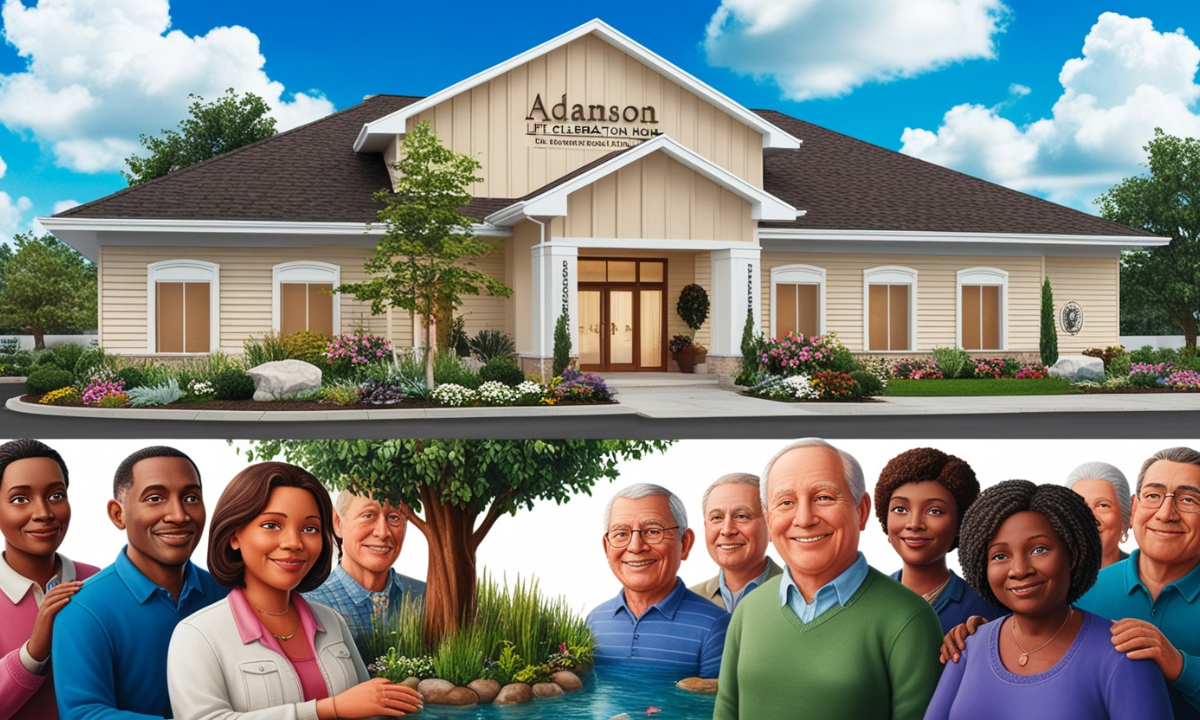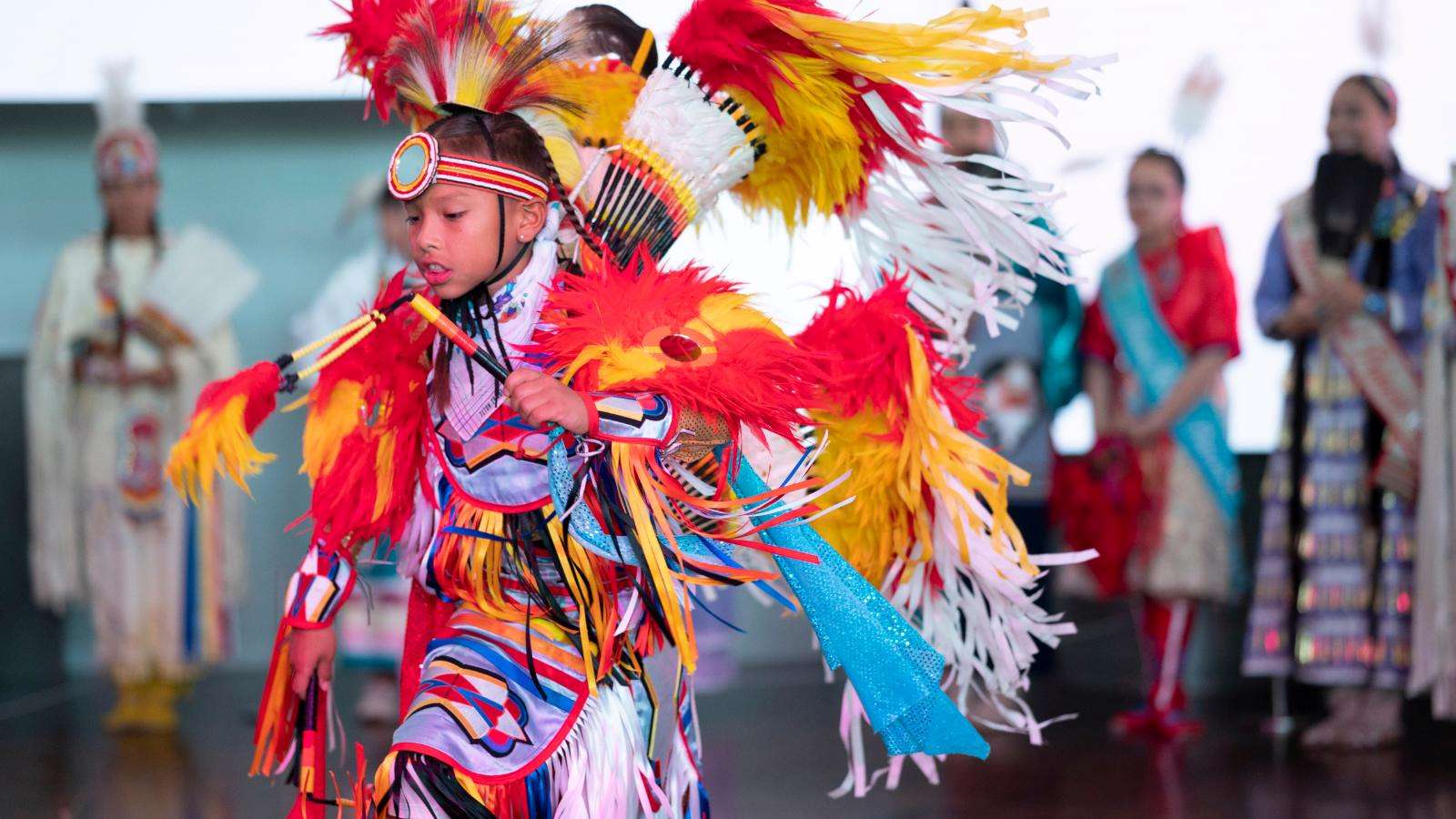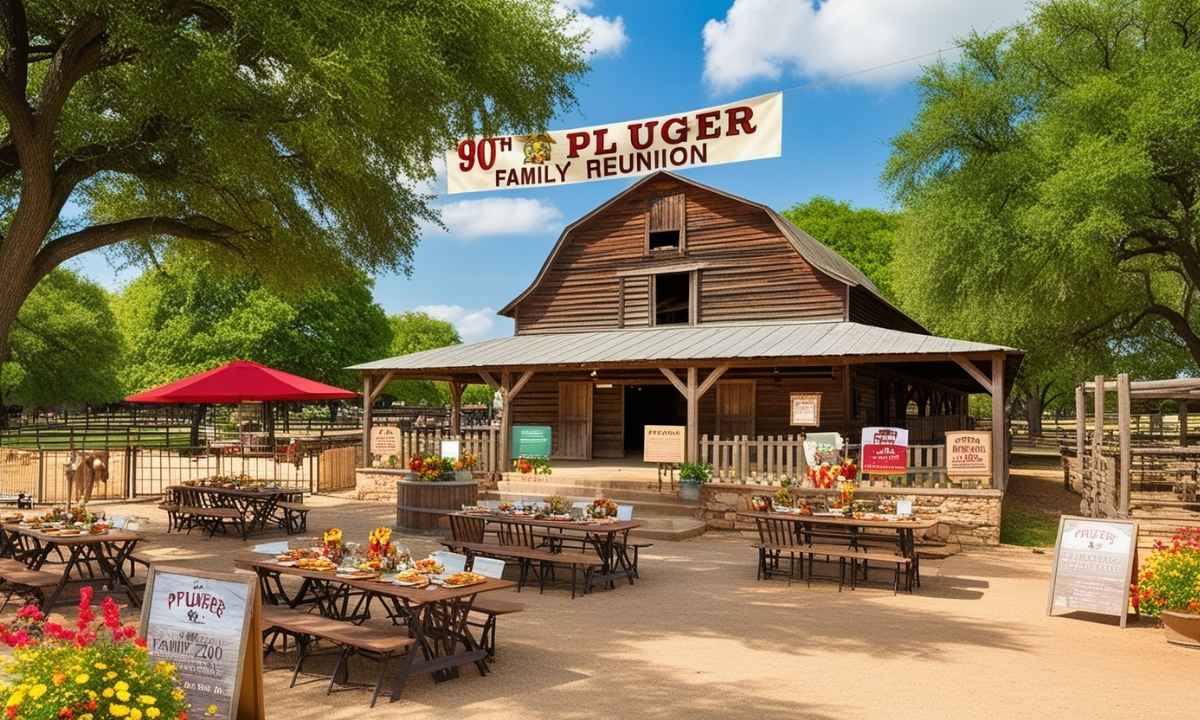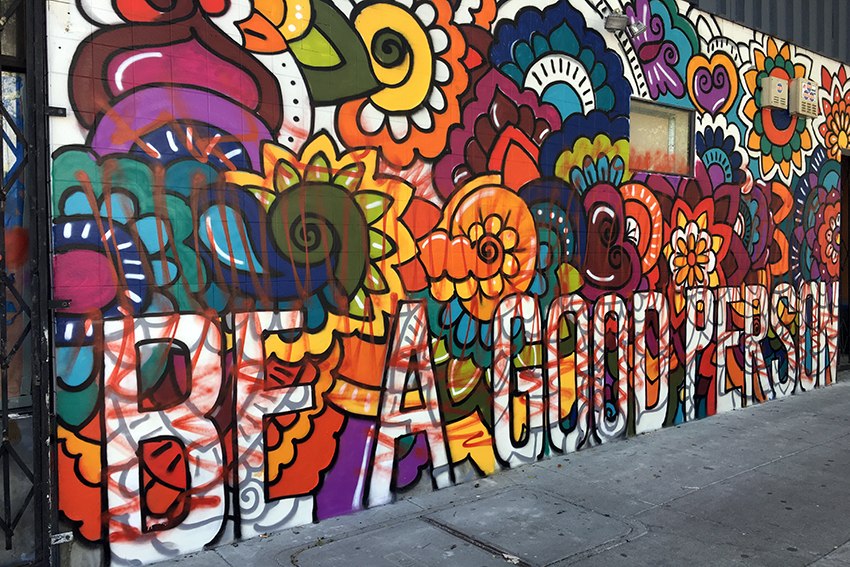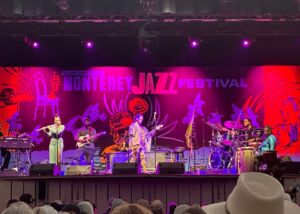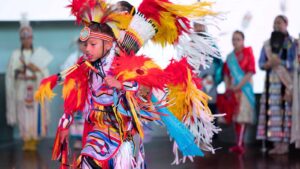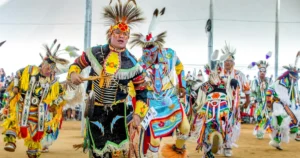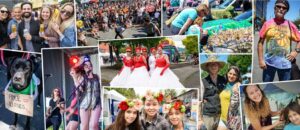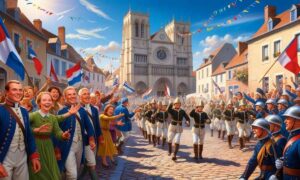East Los Angeles isn’t just a geographic area — it’s a living, breathing cultural landscape shaped by generations of Mexican American families, artists, activists, and storytellers. For decades, East LA has served as a sanctuary of identity and pride for California’s largest ethnic group. Its streets are not merely urban infrastructure; they are corridors of memory and celebration. From the smell of slow-roasted carnitas drifting from backyard taquerías to the thunder of mariachi trumpets echoing off stucco walls, East LA pulses with the heartbeat of Mexican heritage. It’s not just where tradition is preserved — it’s where it evolves, redefines itself, and remains beautifully alive. To walk through East LA today is to take a cultural journey that connects food, music, family, and community — and nowhere else in the United States does this particular blend feel so deeply rooted and authentic.
East L.A Culture
Start your journey with the most accessible — and arguably the most flavorful — entry point into culture: food. East LA is home to a thriving culinary scene that mixes street food simplicity with ancestral tradition and modern reinvention. Boyle Heights, one of East LA’s most historic neighborhoods, boasts some of the best Mexican food in the entire state. On nearly every block, you’ll find taco trucks serving al pastor shaved directly from vertical spits, tamale stands steaming with morning crowds, and panaderías filled with the sweet scent of conchas and tres leches cake. But what makes this food so powerful isn’t just the flavor — it’s the meaning behind it. Recipes are passed down like heirlooms. Abuelas still make mole from scratch for community festivals. Menudo simmers in giant pots during Sunday family gatherings. Food isn’t just nourishment here — it’s storytelling, love, and resistance all wrapped in a warm tortilla.
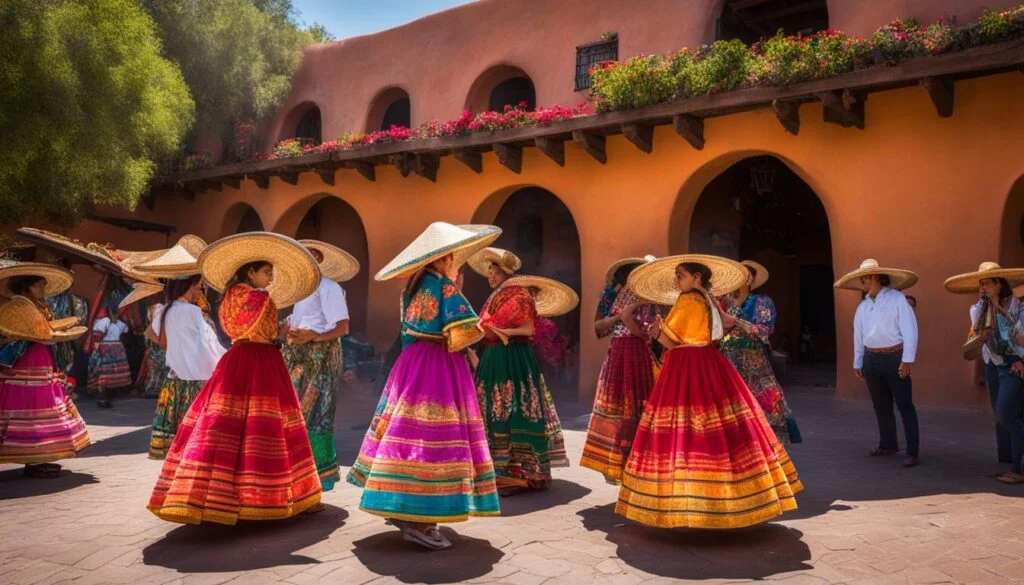
Take a visit to a local institution like El Tepeyac Café, known for its legendary burritos that weigh as much as a newborn baby. Or stop by Guisados, where each handmade taco tells a story of regional Mexican flavors, from the tangy cochinita pibil of the Yucatán to smoky tinga from Puebla. And don’t miss the Boyle Heights Mariachi Plaza, not just a cultural landmark but also the place where generations of musicians have gathered, played, and eaten together. Many musicians in the area live nearby and stop for a quick taco or café de olla between gigs, making the local taquerías extensions of the music itself.
And music — oh, the music. In East LA, you don’t just hear music; you live it. Mariachi, ranchera, corridos, norteño — these aren’t genres confined to playlists, but sounds that roll down the streets during quinceañeras, parades, weddings, and protests. Mariachi Plaza is the beating heart of this soundscape, where musicians in full charro regalia gather to offer their services or simply jam. It’s a tradition with roots that stretch deep into Jalisco, but in East LA it takes on its own character — proud, melancholic, and defiantly joyful. In the evenings, it’s not uncommon to see young violinists and seasoned guitarrón players exchanging verses in impromptu street performances, surrounded by families sipping horchata and vendors selling elotes under string lights.
But East LA’s musical legacy doesn’t stop at the traditional. The area has also been a birthplace of Chicano rock, punk, and hip-hop. In the 1970s and 80s, bands like Los Lobos brought East LA’s hybrid sound to national audiences, mixing rock, folk, and cumbia with stories of border identity and working-class pride. That spirit still exists today in local garages, community centers, and underground venues where young musicians experiment with sound and language, blending English and Spanish, beats and brass, spoken word and rhythm. This musical creativity speaks to the layered identity of the community — proudly Mexican, proudly American, and uniquely East LA.
Cultural preservation in East LA doesn’t rely on institutions — it lives in the community. During Día de los Muertos, families gather to build altars in their homes and at local cemeteries like Evergreen Cemetery, where marigolds line the graves and candles flicker into the early morning hours. At places like Self Help Graphics & Art, a legendary community arts center, you’ll find exhibitions, workshops, and celebrations that keep traditional practices like papel picado and printmaking alive while also supporting modern Chicano artists in telling new stories through murals, digital media, and political art. This fusion of old and new reflects East LA’s enduring strength: it honors heritage while always pushing forward, questioning, and evolving.
The Heritage
You’ll also find that East LA’s deep sense of identity is tied to activism. The 1968 Chicano student walkouts — where thousands of high school students protested for better education — originated here, and the community has never stopped organizing. Muralism, street theatre, and protest music remain central to East LA’s DNA. Walk down esaCr Chavez Avenue, and you’ll see walls transformed into canvases of social commentary, depicting everything from the Virgin of Guadalupe to immigrant rights, environmental justice, and police reform. These are not just art installations — they are community statements, reminders that culture here is not passive but participatory, vocal, and deeply political.
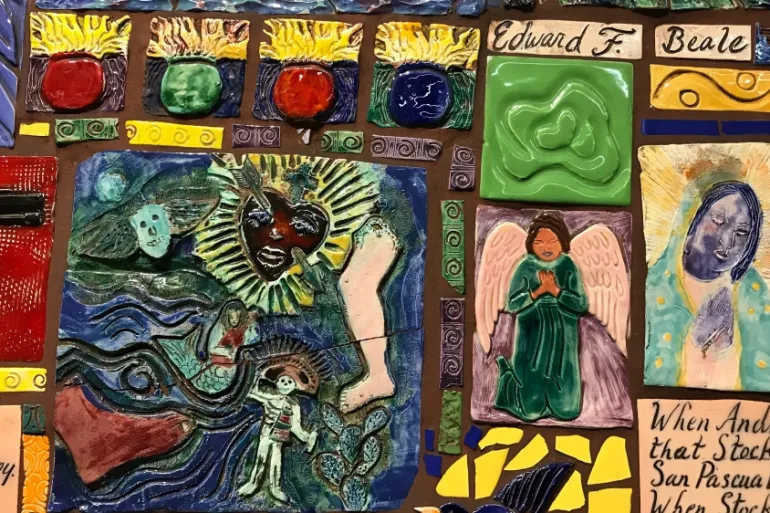
Visiting East LA as an outsider requires respect and an open heart. This is a place where traditions are not for show, but part of daily life. While tourists are welcomed, it’s important to engage with the culture in meaningful ways. Support local businesses, buy from Indigenous and Chicano artists, tip the mariachi musicians at the plaza, and learn about the history beyond the food and music. The community is eager to share its pride — but on its own terms. And when approached with sincerity, you’ll find that East LA offers something rare: not a curated tourist experience, but a living example of cultural resilience.
In 2025, as gentrification continues to threaten many historically ethnic neighborhoods across California, East LA remains a fortress of cultural integrity — not because it has resisted change, but because it has found ways to hold on to its soul while adapting with purpose. New coffee shops may pop up, and property values may rise, but the smell of pozole still wafts through Sunday air, and the sounds of a mariachi’s trumpet still echo from a plaza filled with families. Mexican heritage in East LA is not frozen in time — it’s dynamic, pulsing with life, informed by memory, and determined to carry forward.
Conclusion: Visit And Experience
So if you’re searching for an authentic cultural experience in California, skip the beaches for a day and head east of the LA River. Wander through Boyle Heights, visit Mariachi Plaza, talk to artists, listen to live music, and taste food made with generational pride. You’ll walk away not just entertained, but educated — reminded that in a city often painted as fractured or superficial, there are still places where community runs deep, stories matter, and culture isn’t packaged — it’s lived.

